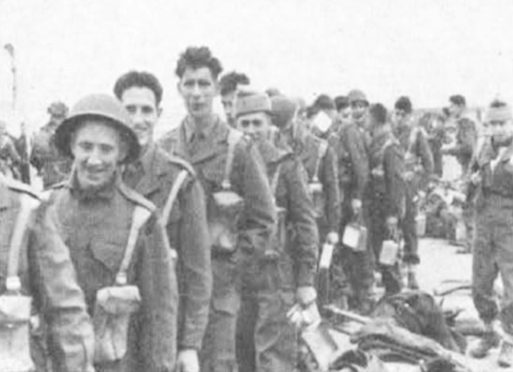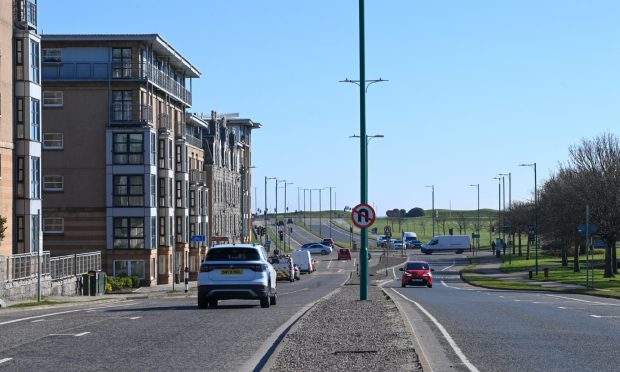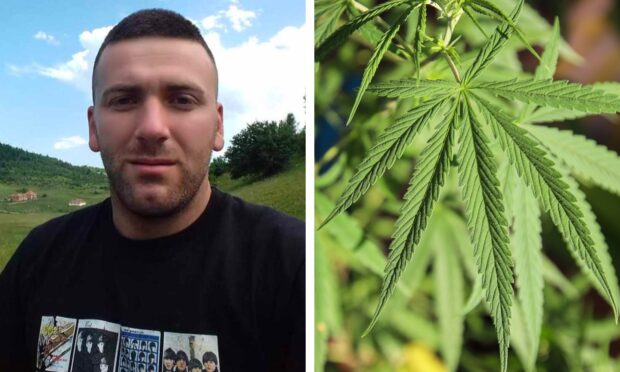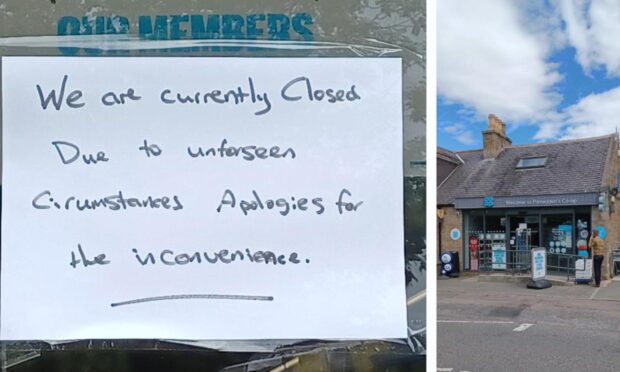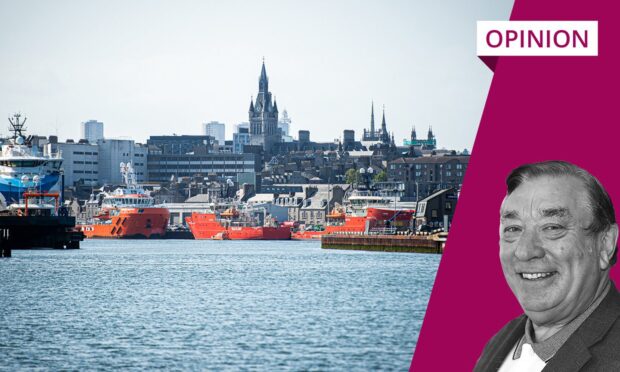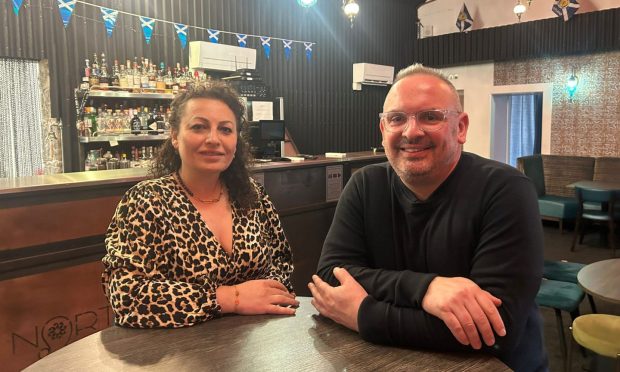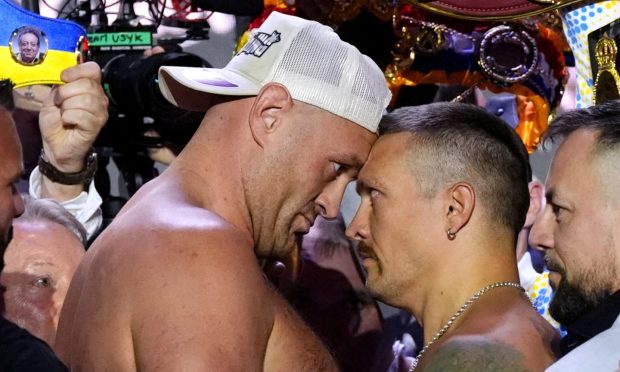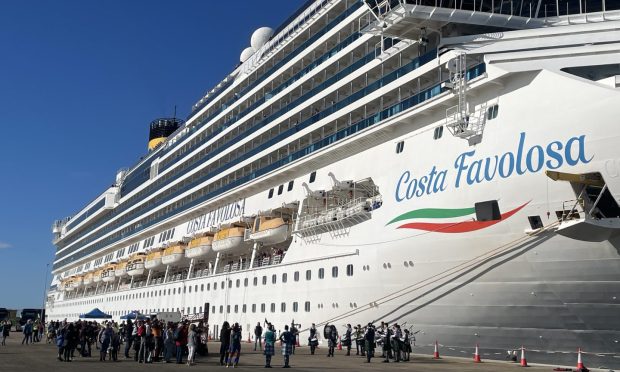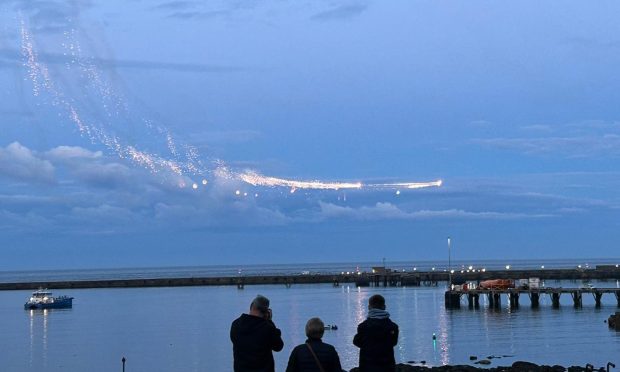Summer blockbuster Dunkirk hits cinemas across the country today but a 1958 feature of the same name shared a marked connection with service people in the north-east.
Members of the Aberdeen-based Gordon Highlanders regiment were featured in a 1950s war epic and Granite City troops can be found among the crowds of extras on the beaches.
Men from the regiment spent a day being directed around Camber Sands alongside big-name stars such as John Mills, Richard Attenborough and Bernard Lee.
They also played a key role on the real Dunkirk beaches where 2,000 men of the 4th and 6th Battalions Were evacuated from their defensive posts.
Ruth Duncan, curator at the Gordon Highlanders Museum in Aberdeen said: “Soldiers were subject to enemy shelling and were exposed on the beaches after presumably marching for days at a time.
“You don’t have to go too far back through family trees to find connections to the evacuation.”
Colonel Alexander Milne OBE of the 4th Battalion, one of many Aberdonians on the beaches, carried his regiment tartan kilt from beach to boat.
A regimental drum, stored away when the regiment advanced into Belgium, was left behind in the retreat and forgotten about until it was eventually returned to the museum for preservation in 2010.
June 1940 also saw Gordon Highlanders involved in an unsuccessful evacuation south of Dunkirk at St Valery-en-Caux.
1st and 5th Battalions of the Gordon Highlanders were among the 51st Highland Division when it was cut off from the rest of British forces by Erwin Rommel’s Panzer Division.
After French forces folded and sea evacuation became impossible due to thick fog, 1,500 Gordon Highlanders were forced to surrender, becoming German prisoners.
Stewart Mitchell, author of ‘St Valery and its Aftermath’, thinks St Valery is tragically overlooked due to Dunkirk.
He said: “It was somewhat ironic to these men and their families that their sacrifice was virtually ignored by a nation which felt the need to portray Dunkirk as a great triumph.
Ruth Duncan said: “Comparing these two stories, it’s very easy to see that Dunkirk wasn’t a foregone conclusion and was very much dependant on the luck of the draw.”
The Gordon Highlanders Museum has raised more than £100,000 so far in their three-year fundraising project, to which Ruth said: “It’s been really affirming to know that the people of Aberdeen care about this museum and are keen to help support it.”
